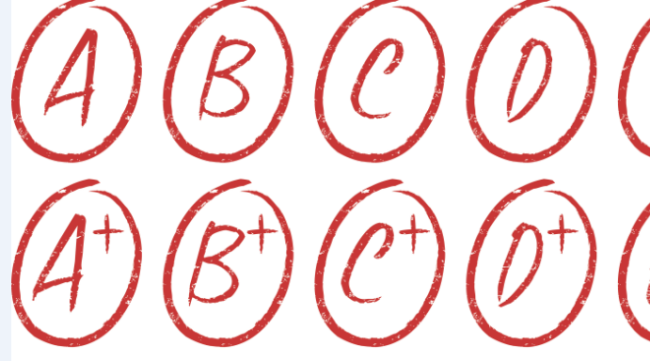You have /5 articles left.
Sign up for a free account or log in.

iStock
Ask a high school student who is applying to competitive colleges about their grades, and you'll likely hear about a grade point average well above 4.0 -- perhaps one approaching 5.0. A 4.0, prized in a previous generation, is seen as a slacker's GPA.
The reason, of course, is the weighting of GPAs by high schools. Typically, A's are worth something more than a 4.0 -- maybe a half or a full point for either honors courses, Advanced Placement courses or other classes deemed worthy of the extra points.
High schools weight in different ways, and the higher GPAs are seen as a way to flag for colleges just how outstanding various students are. Arguably, when everyone from a given high school applying to elite colleges has close to a 5.0 GPA, such statistics do little to help anyone. And some universities make clear in their own reporting that they immediately remove the weights. When the University of California, Berkeley, reports on the average GPA of applicants, it quotes the unweighted (3.67) even if many of those applicants no doubt think they have a 4.43 or some higher figure.
This fall, one high school decided to investigate whether weighted GPAs are doing anyone any good.
Marybeth Sacramone, coordinator of guidance at Wayland High School, in Massachusetts, which sends many students to top colleges, conducted a survey of the kinds of colleges her students aspire to attend, highly competitive institutions that admit small fractions of applicants. She received responses from more than 100 such colleges. Asked whether the Wayland students would be hurt if their GPAs all went down by ending weighting (and the transcripts made clear that there was no weighting), the response was unanimous. The college officials all said that it would make no difference, and many said that they already remove the weighting before even considering an applicant's grades.
At Wayland, the current practice is to give an extra point for courses that are either designated as honors or that are AP classes.
Sacramone said that the principal (and the previous principal) wanted her to study the issue out of several concerns.
One is that the school is proud to offer quality courses -- very much college preparatory -- that don't qualify for the extra point because they are regular. Sacramone said that she and her colleagues regularly talk with students who express interest in those courses, but then say that they can't possibly take them for fear that doing so would lower their GPA, even if they get an A.
"Students are not choosing classes they want because of their GPAs," and something is wrong if that's the case, Sacramone said.
The other cause for concern, she said, is student stress. In theory, she said, the weighted GPA could reduce stress by assuring students who are taking the most rigorous of courses that their work will be recognized. But she said that the quest for GPAs as close as possible to 5.0 just seems to add to the stress. She doesn't think anyone is more relaxed.
Senior school officials will now consider whether to end weighting, Sacramone said.
NACAC Guidelines and Research
The National Association for College Admission Counseling, in its new Statement of Principles of Good Practice, says that the key issue is transparency so that colleges can evaluate what a transcript and GPA mean.
The statement says that high schools should "describe on their school’s transcripts or school profiles their grading scale or any other method of representing student progress, their grade distribution, their policies on weighting courses and on repeating courses, and whether grades from all courses attempted are reported on transcripts and included in any cumulative GPA calculation."
David Hawkins, executive director for educational content and policy at NACAC, said via email that when the association has studied the issue, it has found no advantage for students at high schools that weight.
"The number of methods and scales used in arriving at a GPA seems as numerous as the number of high schools," he said. "So a large percentage of colleges -- about half -- actually go to the trouble of recalibrating GPAs to even things out. So there’s at least some information to support the notion that high schools can go to great lengths to arrange GPAs in a manner they feel best represents their students’ work, but colleges are keenly aware of these efforts and often have 'countermeasures' to allow them to cut through the noise created by such variation."




